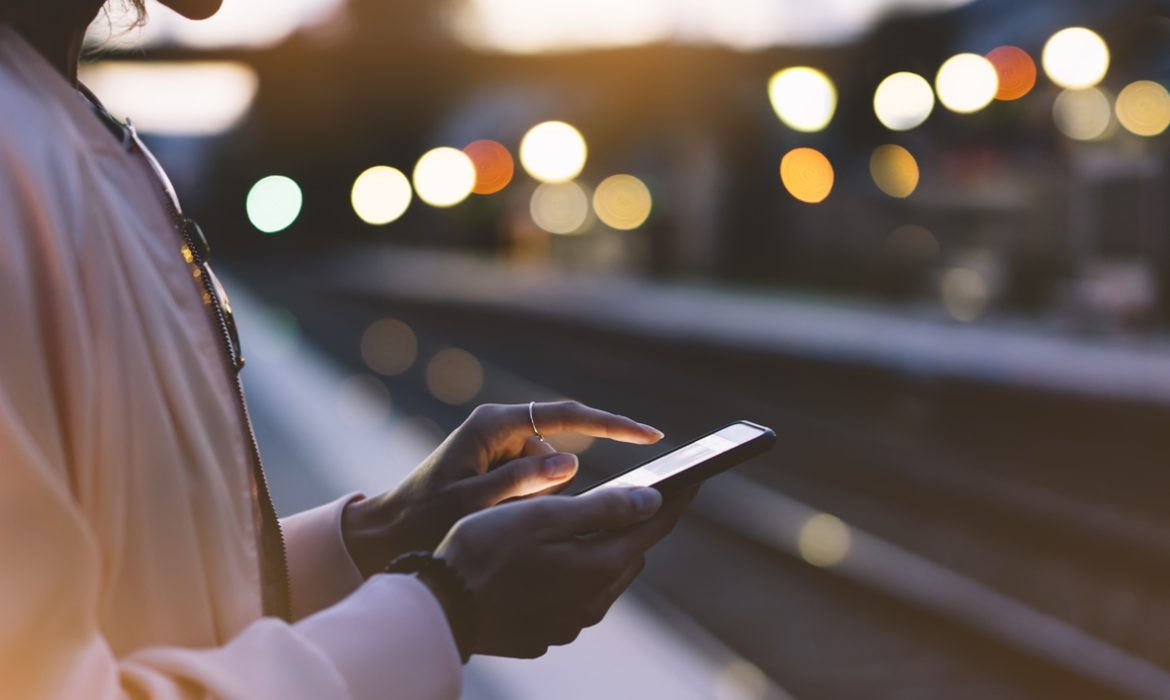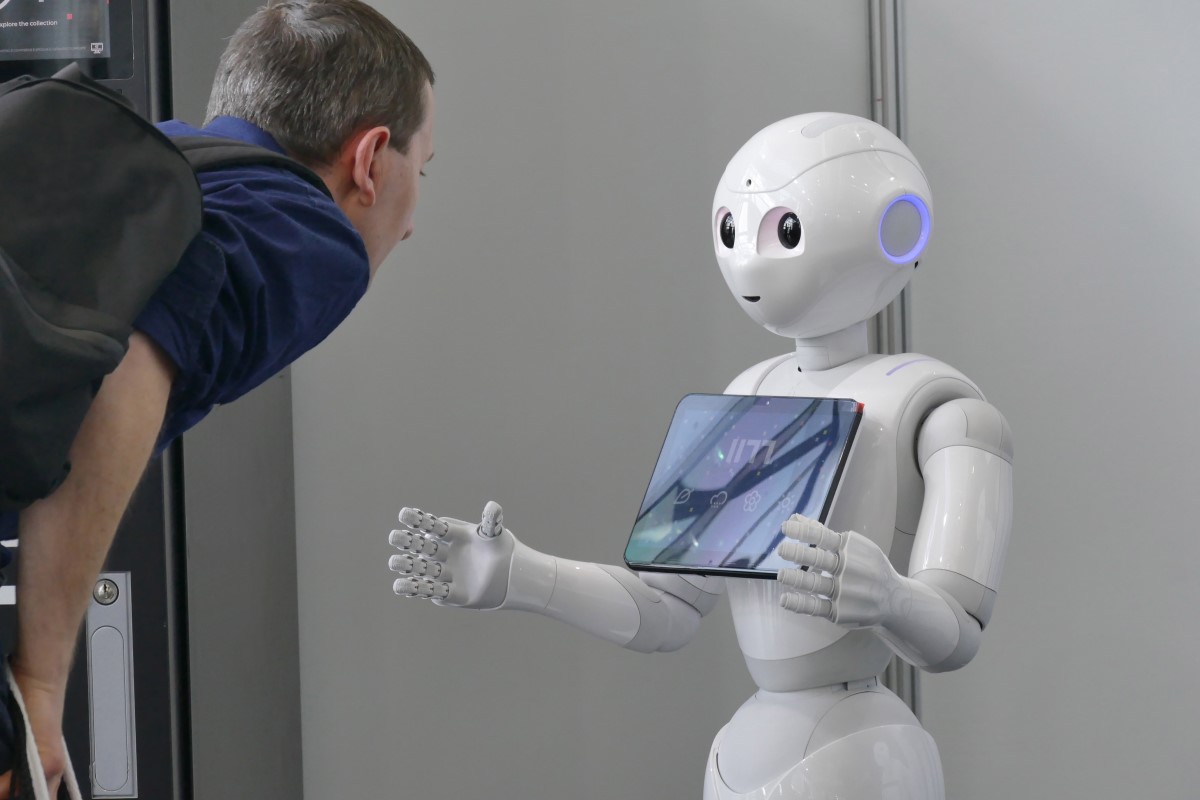The California Department of Technology (CDT) and the California Department of Public Health (CDPH) announced on Thursday about expending their partnership with the University of California. They plan to test the Exposure Notification Express mobile technology. Furthermore, Google and Apple recently released this mobile technology called CA Notify. It confidentially notifies individuals who opt-in if they have been near someone who has tested positive for coronavirus. This new tool aims to help slow the spread of the virus.
The state began the pilot project in September with UC San Francisco and UC San Diego. They plan to expand the project to UC Davis, UC Berkeley, UC Santa Barbara, UCLA, and UC Riverside in mid-November.
Participating in UC locations have an opportunity to offer CA Notify to help fight the transmission of coronavirus. Furthermore, privacy and security are essential to the design of technology. It never shares user identities and does not collect location data from any device.
Dr. Erica Pan, the Interim State Public Health Officer, stated that extending the pilot project allows them to reach a larger and more diverse pool of users, thus helping them to evaluate further the technology’s potential to help California slow the spread of the pandemic. She added that fighting coronavirus would continue to take all of us working together to find creative and innovative ways to keep our communities healthy and safe. Some University of California students and employees have already opted in to test the new technology.
According to UC San Diego, almost 15,000 users have activated CA Notify thus far, representing close to 50% of the on‐campus community. And UC San Francisco reported that from 10,000 on-campus population, 5,000 users have voluntarily activated the software.
How does this technology work?
CA Notify uses Bluetooth technology to notify persons who have been exposed to someone who has tested positive for coronavirus. If users voluntarily activate the technology, Bluetooth detects when two mobile devices are in the same vicinity. However, it won’t reveal the user’s identity or location. So, users who test positive for Covid-19 can choose to share that information anonymously. Furthermore, the technology does not collect, transmit, or store any personally identifiable user information.
CDT Director Amy Tong noted that they are encouraged to know that almost 50 percent of the individuals who have access to the technology have already activated it to see how it can protect them and their UC communities. They continue to use the pilot project to understand CA Notify and its privacy protections better. Tong considers that critical in determining whether to roll out the system more broadly in California.
















